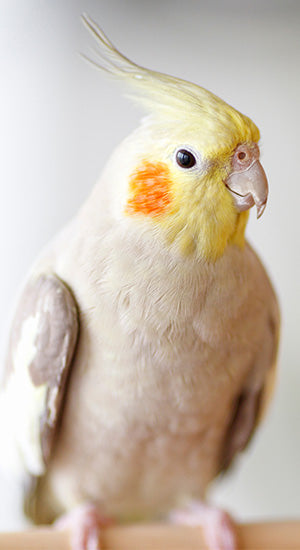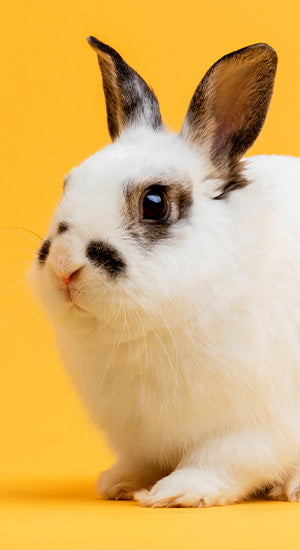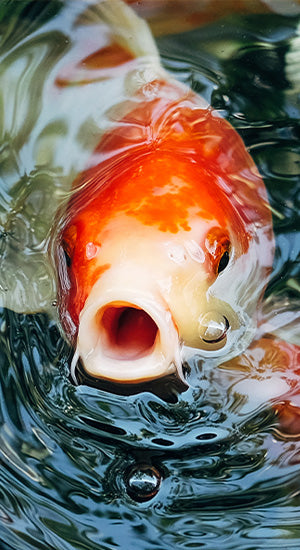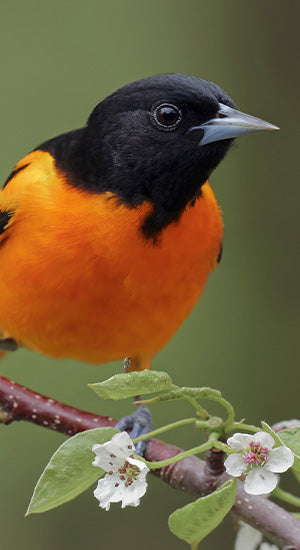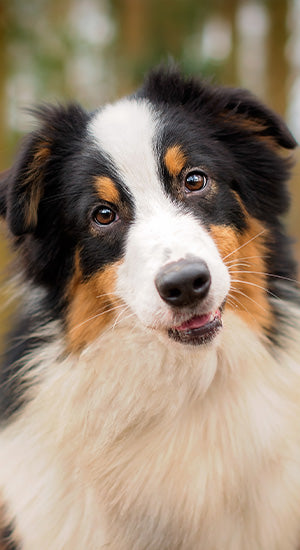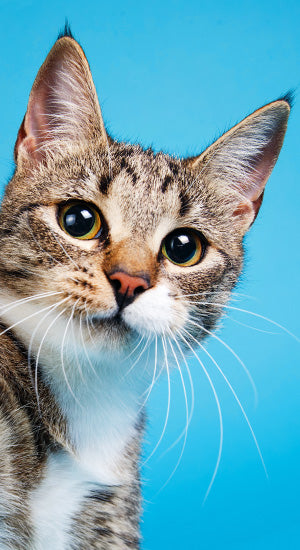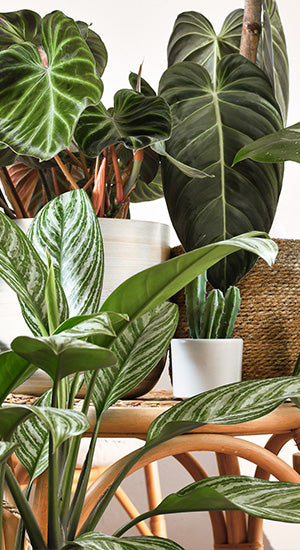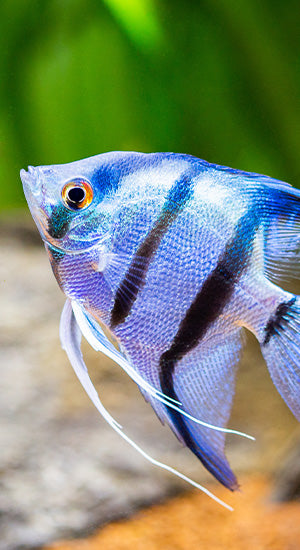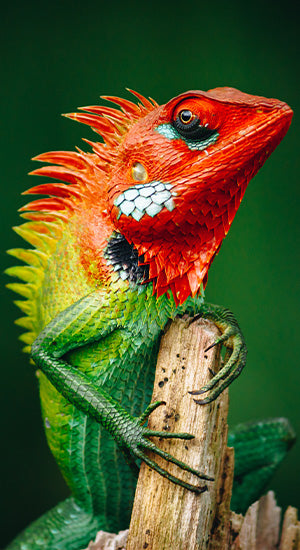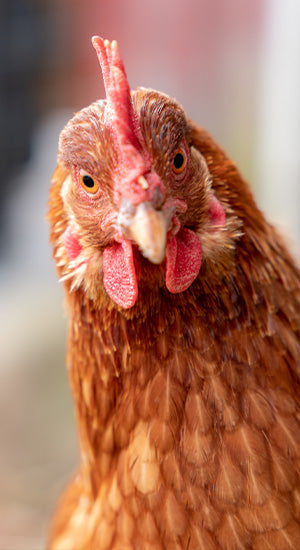The Importance of Bird Grooming

When we stress the importance of grooming your bird, we are not referring to running a brush through your bird’s feathers – we are referring to the maintenance of your bird’s nails and beak. Naturally, in the wild, birds take care of their own grooming needs as they forage and climb. Unlike these birds in the wild, your bird gets a free ride wherever they may wish as they perch on your fingers and shoulder. As much as your bird thinks they live in the jungle, they may just need a little bit of help from you and our team here at Exotic Wings in order to stay healthy and happy!
Nail Grooming
Without trimming, a bird's nails can become extremely sharp, long and flaky. The main concern when a bird's nails get too long is that they will get one caught in clothing, a toy, or even around the bars of their cage. If the nail is too long and gets caught, it is possible for it to be pulled out of the nail bed…ouch! As well, birds are constantly using their nails to groom themselves or scratch the occasional itch. If a bird’s nails are too long or sharp, they could injure themselves. “But I use sand perch covers, so my bird's nails must be fine!”. One sand perch cover in the cage (that is replaced regularly) is fine however, they are no substitute for proper grooming. If your bird's nails are completely worn down due to sand perches, chances are you have too many in their cage which can irritate the padding on their feet. If you could not already tell, we are not the biggest fans of sand perches as they are often too rough and more often get torn apart before they file any of your bird's nails down.
Instead, we recommend you check out our selection of Polly’s Perches which are veterinarian designed and come in a variety of sizes specific to each species and their size of feet. Living World Pedi-Perches are another excellent option as they have a smooth section specifically for the pads of your bird's feet as well as a rough grip space to tackle those sharp nails. We also want to remind you to be mindful of where you are placing your sand perch. Birds naturally will spend most of their time at the highest perch in the cage (if this happens to be a sand perch, you risk wearing the beds of your birds feet). Instead, we recommend placing your sand perch in front of their food dish as the motion of bending over is most effective in filing the nails. As mentioned, while these perches can be particularly helpful in blunting the nail’s point, it is not a replacement for nail grooming.
Lastly, long and sharp nails can also be especially painful if you're a large bird owner. Hard to bear and painful, sharp nails can make it difficult to interact with your bird…nobody wants that! A quick grooming can fix this as well as ensure your birds safety!
But, how do I know if my bird's nails need to be groomed?

One of the best ways to tell if your bird needs their nails groomed is by placing them on a flat surface – observe the way their feet lay. Please refer to the image below. On the left is a senegal parrot before grooming. As you can see, when standing, the bird is not able to lay its foot flat due to the length of its nail. On the right side is the same senegal after grooming. If your bird is not able to lay its foot somewhat flat due to their nail (similar to the image on the right), then it’s time to book a grooming appointment!
Beak Grooming
If your bird's beak is overgrown or is malformed, it is not merely a cosmetic issue. A bird’s beak is extremely important as it is used for climbing, preening, touching, playing, communication, and most importantly, eating. For this reason, maintaining a healthy beak is vital for a happy and healthy feathered friend. A bird’s beak is constantly growing and is meant to be worn down by an enriched diet along with plenty of play (a variety of toys that keep your bird’s beak busy especially helps with this!). The majority of birds that visit us for grooming do not need their beak groomed. Unless a bird needs it corrected, we would prefer not to touch it as filing down the beak of a bird without any abnormalities can promote avoidable growth. Many malformations are possible in terms of beak growth such as “scissor” beak, an overgrown beak, or a beak with prognathism (the lower mandible is longer than the maxilla). The image below illustrates what these malformations look like and can help serve as a guideline for you to better understand if your bird’s beak may need a touch-up! It is important to note that the shape of a bird’s beak and how much it overhangs varies by species. The majority of hookbills maxilla slightly overhangs and all bird’s mandibles should be aligned.

Note: This image is a general reference. Specific species will have slightly different "ideal" beak shapes which might not match this example exactly.
If you are someone who gets their bird’s beak trimmed by us, you may be wondering “why does my bird’s beak overgrow?”. Unfortunately, there is not a simple answer for this as there can be many reasons. Abrupt trauma and injuries, nutritional imbalances, liver disease, old age or genetics can all be causes of a malformed beak. What about peeling and flaking? Just like your nails, your bird’s beak is made up of keratin. As it grows and is filed down by your bird’s natural behaviors, some flaking is normal however, a malleable beak with deep grooves is not. If your bird’s beak looks as described or similar to the pictures above, there may be underlying issues.
Overgrown beak correction at Exotic Wings:

Above is a picture of a green cheek conure before and after one beak correction session at Exotic Wings. Please note that we may not be able to “correct” a bird’s beak in one session. How much we are able to file depends on the length of the bird’s beak before the appointment as well as the bird’s body language during the process. To make the transition to a shorter beak easier for the green cheek conure below, in the first appointment, we did not fully correct the malformation and recommended that the bird come back for a second session. This is also why it is so important to bring your bird in BEFORE the beak is extremely overgrown. It is overall less stressful on the bird and we are often able to tackle more in one session!
Grooming Appointments
Exotic Wings’ top priority is your bird's well-being. If you have read this blog and have realized “hey, maybe it’s time to bring my bird in for grooming”, we are here to help! Many people may be hesitant to book an appointment for their breeder, aggressive or large birds such as cockatoos and macaws. With over 30 years of experience, no bird is too aggressive or too large! All bird grooming is done on an appointment basis Wednesday to Saturday during store hours. If you are interested in booking a grooming appointment, CLICK HERE or give us a call at 519-699-5656!

